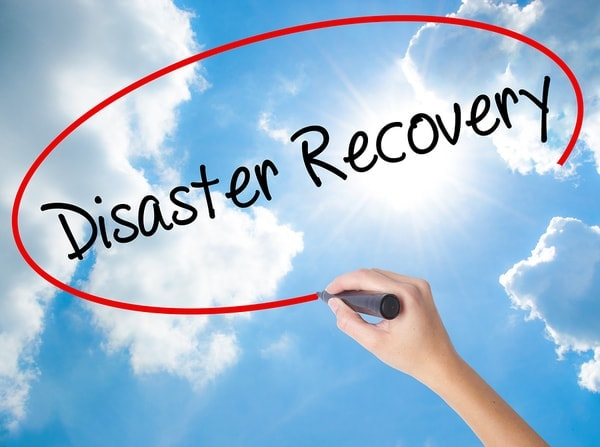Your data can be threatened at any time, whether it is because of man-made accidents or natural disasters. While you may take necessary steps to mitigate the risks, you cannot completely stop them from occurring. So, your best bet is to have a proper effective disaster recovery plan in place which can prepare you to deal with these sudden disasters. Disasters can be in the form of terrorist attacks and cyber attacks or natural ones like floods and earthquakes. So, your DR plan needs to be comprehensive and designed to meet all such emergency situations.
Top things which your disaster recovery plan needs to contain:
- To start with, a good disaster recovery plan must include the potential threats and the expected reactions to these threats. This means it should be able to anticipate all kinds of disasters which may threaten your business and then chalk out recovery plans for each individual scenario. The fact is that all these anticipated scenarios are not going to come true but at least, you will be prepared if they do occur for some reason. Out of all these possible attacks, the more common one’s today are cyber attacks. So, it is perhaps wiser to give more attention to preventing these from happening.
- It may be a good idea to ensure that every information system undergoes what is called a BIA or Business Impact Analysis. This method will help to point out the effects of any disaster, natural or man-made, on finances, legal matters, life or safety, business reputation etc. So, you can correctly identify the priorities and the liabilities. You can prioritize the systems; make strategies for recovery accordingly and set priorities to minimize losses. The analysis seeks to address three key security goals, namely availability, integrity, and confidentiality of data. Using the BIA, it is possible to set priorities for DR. once this is done, you can develop contingency plans.
- Regular updating of disaster recovery plans is a must if you need to keep it effective. Many large organizations overlook the need for carrying out routine updates, and they fail to implement key software updates at the right time. This is a huge blunder because new and advanced technologies get launched almost every day. These are designed to respond to situations which have significantly changed from what they were at the time the original DR plan had been made. Since premises change from time to time, the plans have to be regularly updated to keep up with these changes. As cloud computing emerges, businesses now have access to huge computing capacity for reasonable prices. These solutions can improve data availability, uptime, resilience, and disaster recovery too.
- Another important aspect which any disaster recovery plan needs to focus on is the people in an organization and not simply the technology. It is important to understand what kind of behaviors you expect from users for tackling disasters. This means identifying things which people will require in order to get back on their feet once a disaster strikes. You will need to identify people who will have the key responsibilities when it comes to responding to such emergencies. This implies that the contact details, like emails, phone numbers and home numbers of such staff members must be at your disposal. These people should also be told beforehand that they will have to report for work when a crisis happens. Besides, you will also need to know contact details of law enforcement staff that can help you in such a crisis. Consulting them in advance may help you deal with the situation better. You also need to identify company representatives who will communicate with clients, employees, and victims, if needed, during crisis situations. It is very important to know exactly what to say and how much information to disclose when a crisis happens.
- A disaster recovery plan must also be able to set priorities, to identify which things need more attention. The truth is not everything that your business owns must be protected in a crisis. But the data which is proprietary information must definitely be protected.
- A good way to tackle emergencies and disasters is to carry out drills regularly. No plan is sufficient unless you have tested it on the people. Therefore, the staff must practice these procedures to be ready when the crisis actually takes place.
When you make a DR plan, you need to focus on DRaSS or Disaster Recovery as a Service solution. These services are offered by providers these days for economical rates. Turning to these providers for DRaaS solutions makes sense because these are cost-effective. Before you sign up with any vendor, however, you need to find out how the company plans on testing and validating the data.

















Be First to Comment